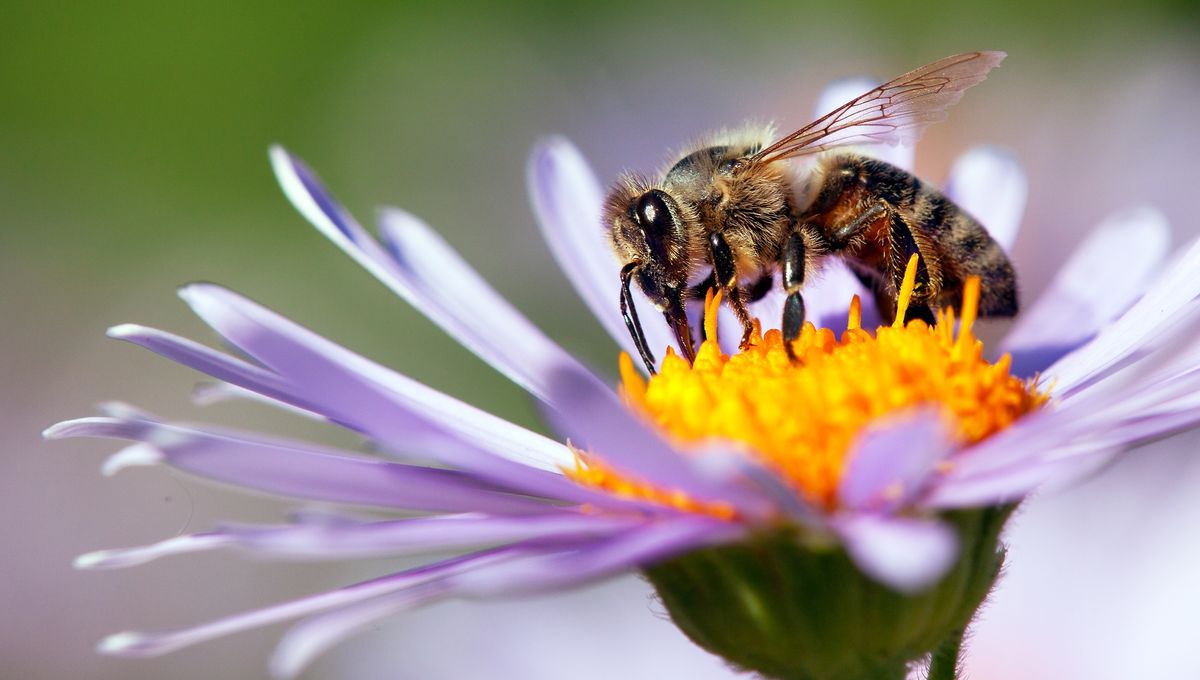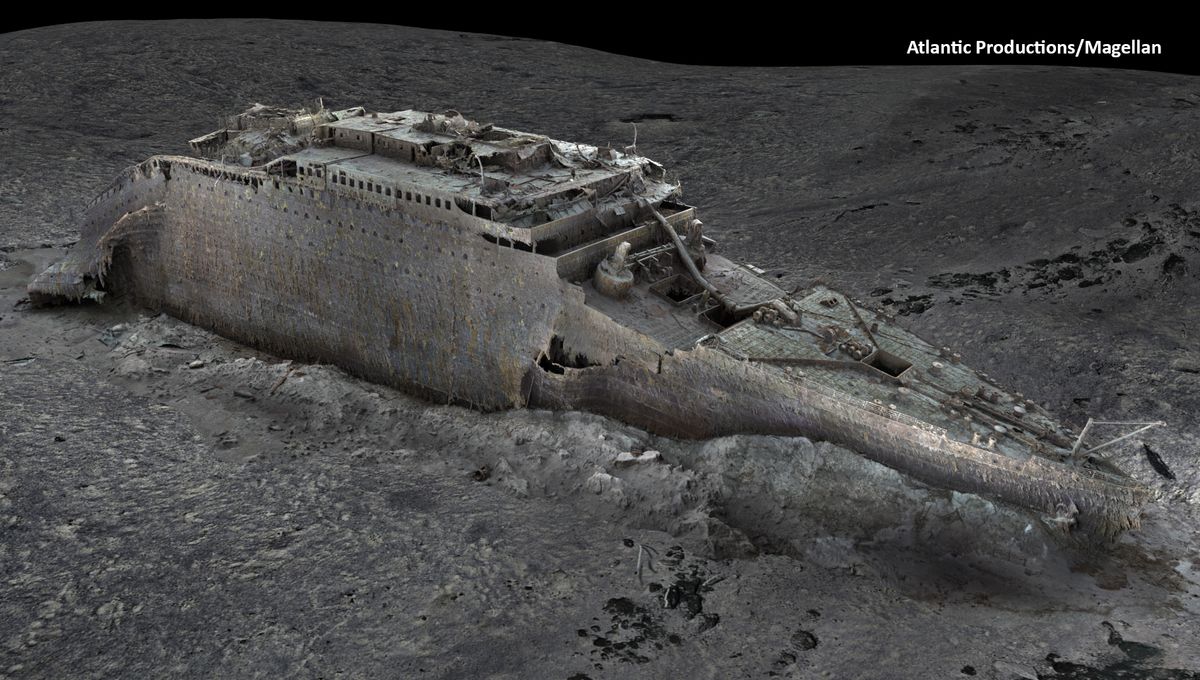Antimicrobial resistance (AMR) is a serious global threat that has caught the attention of the World Health Organization. Bacteria, viruses, and other pathogens have evolved to the point where they are no longer affected by antibiotics, making infections difficult, if not impossible, to treat.
In an effort to combat this growing problem, scientists at Macquarie University have found an unlikely ally in honeybees. These fuzzy creatures can serve as indicators of pollution and potential harm to humans, as they interact with human environments.
By studying honeybees from various settings in the Greater Sydney area, the researchers aimed to understand the prevalence of AMR in the environment and determine if different environments had an impact on its spread. They collected bees from parklands, industrial areas, and densely populated residential zones.
The researchers analyzed the bees’ digestive tracts for DNA analysis, specifically looking for class 1 integrons. These genetic elements play a crucial role in AMR by capturing and transferring resistance genes between microbial organisms.
The results were surprising. Class 1 integrons were found in 52 percent of the honeybees, indicating their pervasive presence in the tested areas. Additionally, 83 percent of the bees tested positive for at least one or more genetic elements associated with AMR.
Interestingly, the highest concentrations of class 1 integrons were found around bodies of water, rather than in densely populated zones as expected. The researchers suspect that local waterbodies collecting run-off may be a critical source of AMR contamination.
This study provides compelling evidence that honeybees can be effective tools for monitoring AMR. The researchers suggest further exploring the biomonitoring capacity of bees to detect other environmental contaminants.
The findings of this study are published in the journal Environmental Science and Technology.








